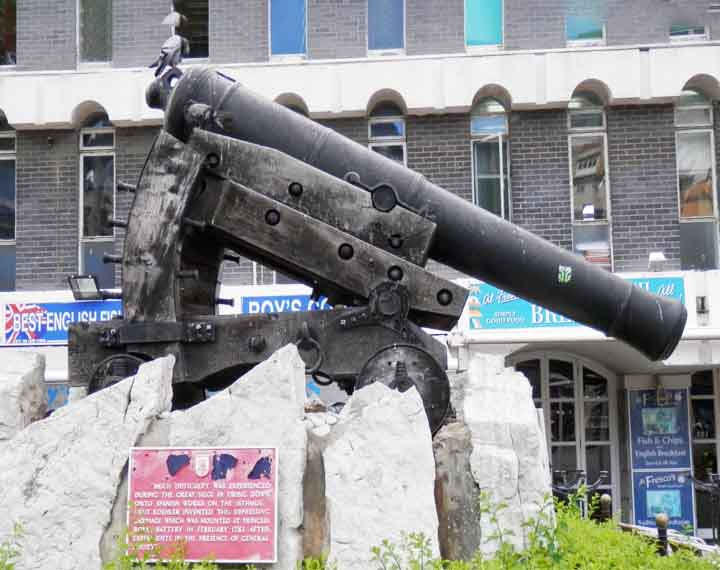
Koehler Depression Gun
The Koehler Depressing Carriage was invented in 1782 by Lt George Frederick Koehler of the Royal Artillery. It was devised to enable cannons to be fired at a steeply downward-facing angle and was required to overcome problems faced by the British Army faced during the Great Siege of Gibraltar between 1779–83. The carriage saw active service during the siege when it was used to support the British counter-bombardment of Spanish and French artillery batteries during the successful defence of Gibraltar. Its success made Koehler famous and has been commemorated in a number of different forms over the last 230 years.
Depressing carriages had been used before, during the 15th century, a German engineer had devised a platform for a culverin that had four wheels and could be moved in two arcs for adjusting the elevation. However, Koehler invented a simple and effective solution that solved both the problems of elevation and recoil. It was based on an existing garrison carriage, a type of heavy gun carriage mounted on small wheels known as trucks. Koehler split the carriage in two horizontally, joining the two parts with a hinge created with a spindle at the front. This allowed the gun to be depressed to an angle of between 20 and 70 degrees. The Cannonball and powder were held in place using wadding to secure them in the bore. See plan.


